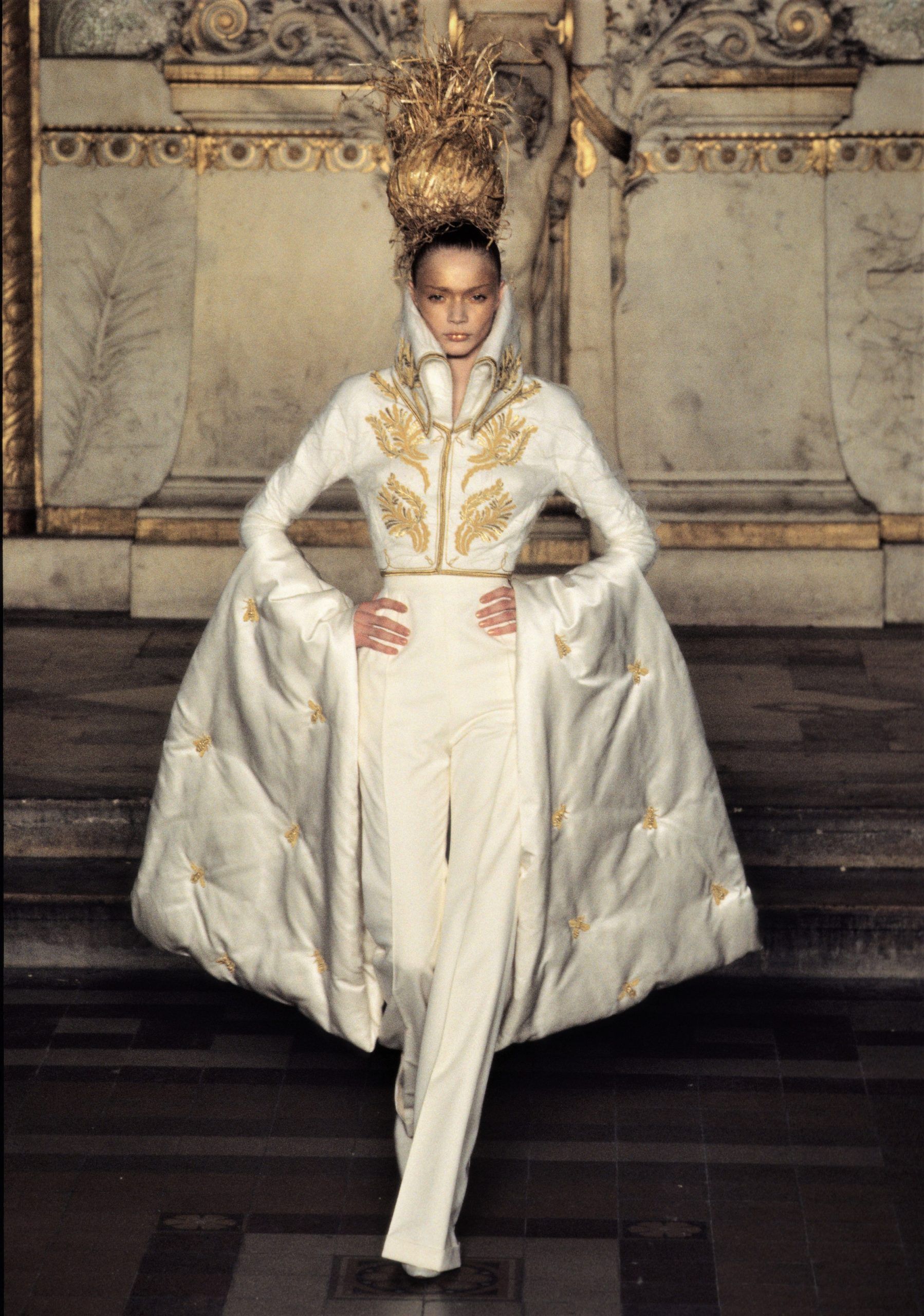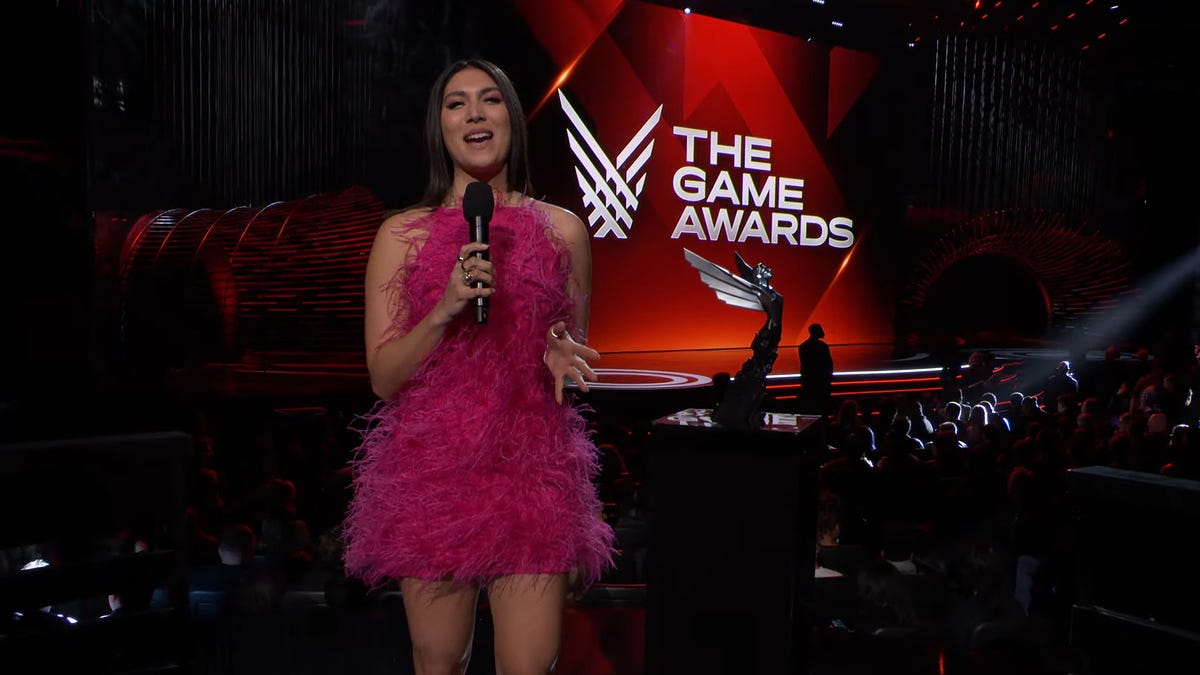[ad_1]
The new documentary series Kingdom of Dreams narrates fashion’s golden age through a docu-saga of rivalries, unlikely alliances and corporate mind games, as told by its creator Ian Bonhôte.
Fashion is a dream maker, a myth creator, the illusion, the magic, the desire, it’s almost like a spell,” is the sultry whisper that opens the first episode of Kingdom of Dreamsa fashion documentary created by Ian Bonhôte and Peter Ettedgui, the duo behind BAFTA- nominated McQueen (2018). Based on Dana Thomas’s 2007 bestseller, Deluxe: How Luxury Lost its Lustre, Kingdom recounts the corporatisation of legacy fashion houses and the rivalry between luxury tycoons Bernard Arnault and François Pinault against the backdrop of the struggle and turmoil of the designers who now episcopise the industry.
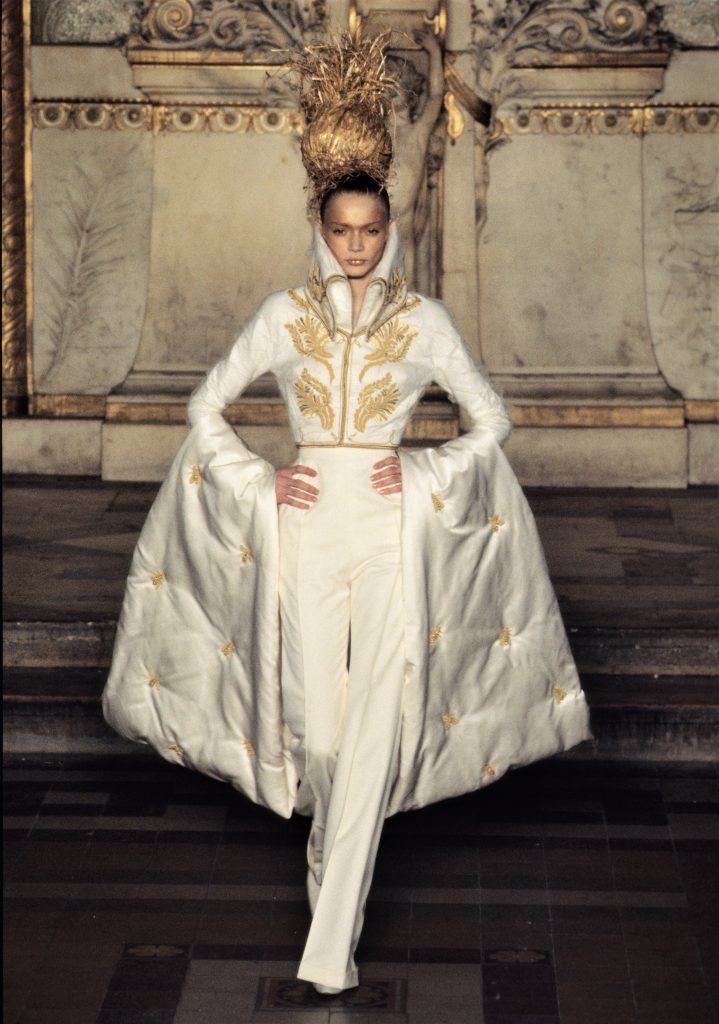
We start in the late 1980s, when it’s evident the post-war model of selling clothes is no longer viable. Dior is on the verge of bankruptcy, Givenchy is irrelevant, family conflict threatens to tear the house of Gucci apart, and YSL is in financial ruin. In 1987, Arnault acquires Louis Vuitton – a luggage manufacturer with one or two original designs at best – and is on the prowl to grow then-infant LVMH. “What he wanted to be was the richest man in the world,” says Thomas in the first episode. A year later, he buys Givenchy, a 32 percent stake at Christian Dior and textile manufacturer Boussac, which he guts by firing around 8,000 employees. Bonhôte believes such efforts led to the democratisation of fashion. “In the early stages, old couture was catering to princesses and socialites, but, suddenly, throughout the ’90s and 2000s, the conglomerates made it
a lot more approachable and achievable for wider audiences.”
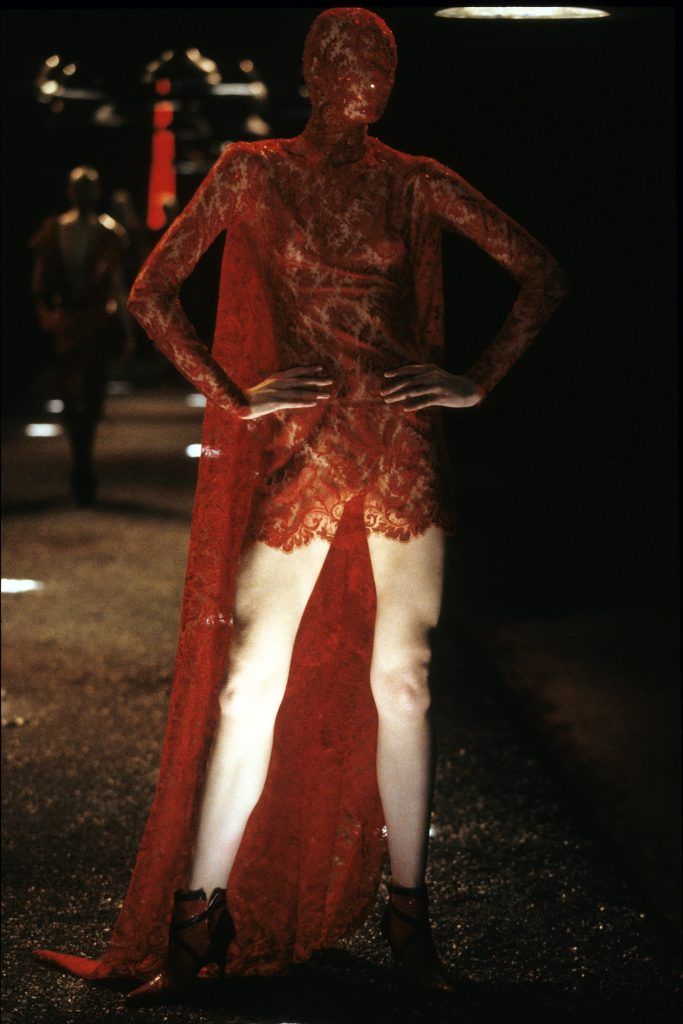
In 1994, young John Galliano emerges on the Paris fashion scene after failing to set up his brand in London. With the help of American Vogue’s creative director, the late André Leon Talley (at the request of the tycoon whisperer herself, Anna Wintour), Galliano manages to secure the support of wealthy art patron São Schlumberger, who lends him her empty mansion to stage a show in. Together with his muse Amanda Harlech and milliner Stephen Jones, they produce a one-of-a-kind gothic spectacle. “We had to use mostly black fabrics because they were the cheapest,” says Harlech. It’s a world of its own – one even the most discerning supermodels yearn to be part of. “You might be paid a lot of money as a top model, but you’re a creative individual as well,” says Bonhôte, “You’d rather earn a lot of money walking for the best [designers]but what if the best or the most interesting and creative don’t have that money?” You walk for free. Just as Campbell, Evangelista and Turlington did in 1994.
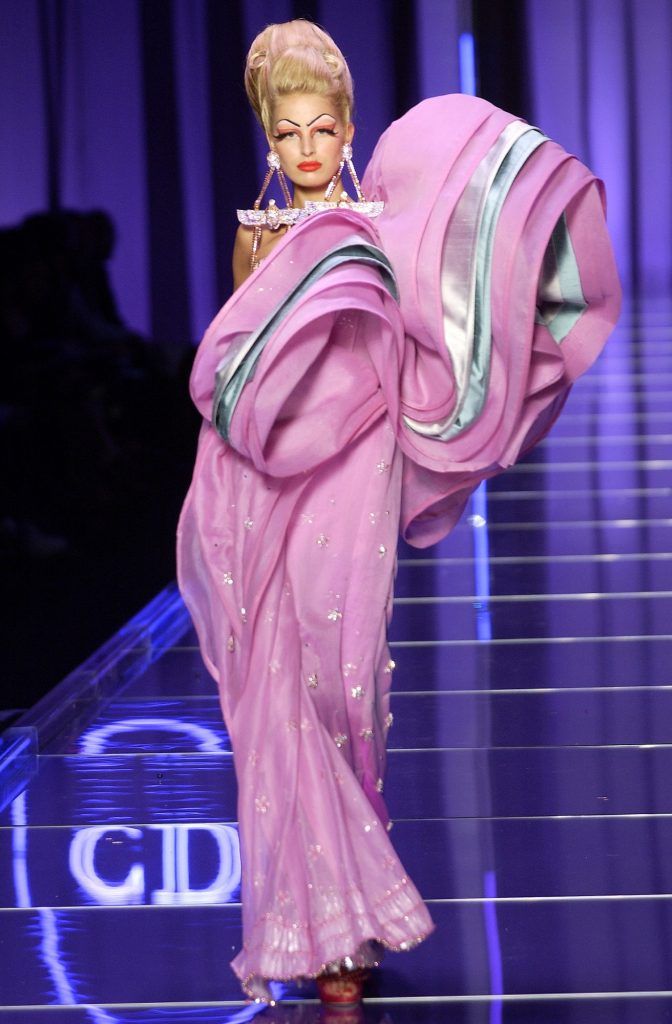
After witnessing Galliano’s genius in person, Arnault takes him and his team to Givenchy while simultaneously backing the John Galliano label. At Givenchy, he designs his first-ever couture collection in 1996 before convincing Arnault to be moved to Dior. Givenchy isn’t orphaned for long – Arnault soon finds another scrappy British designer (who Fashion Television’s Jeanne Beker once described as “full of piss and vinegar”) to lead the house. His name is Alexander Lee McQueen.
In the true spirit of the most ardent tiger father, who sees competition as a means of fostering character and creativity (while making money, of course), Arnault pits McQueen and Galliano against one another. Haute couture collections for Dior and Givenchy are presented around the same time – it’s a blood bath, and there’s only going to be one champion. It’s Galliano. The universal praise in the press intoxicates him into buying into the mythology of his grandeur. His rival isn’t as lucky: his show is too weird and his tailoring is subpar. “McQueen’s show wasn’t good enough. It didn’t matter because it made noise,” says Thomas.
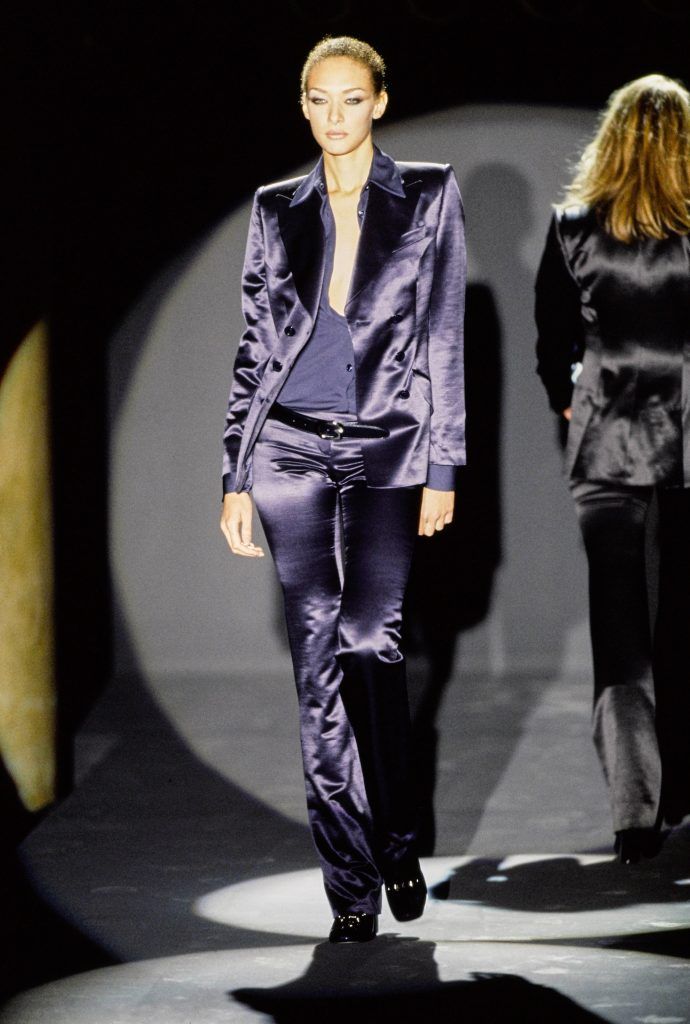
At the same time, across the Atlantic, another star is born. Tom Ford is its name. A year before the assassination of Maurizio Gucci, Ford, then a knitwear designer at Gucciis named the house’s creative director. Ford’s autumn 1995 collection remains one of the most illustrious debuts of all time, dubbed “porno chic revival”. “He brought unadulterated sex back into fashion,” says Thomas. His sleek, velvet-and- silk-faced aesthetic only rivals the collection’s commerciality in its ingenuity – every model who walks down the runway carries a bag, solidifying Ford’s stance as a marketing genius. “Tom Ford didn’t follow the vision [of Galliano and McQueen]. He was already thinking about the bags, accessories and sportswear that would be in shops,” says Bonhôte.
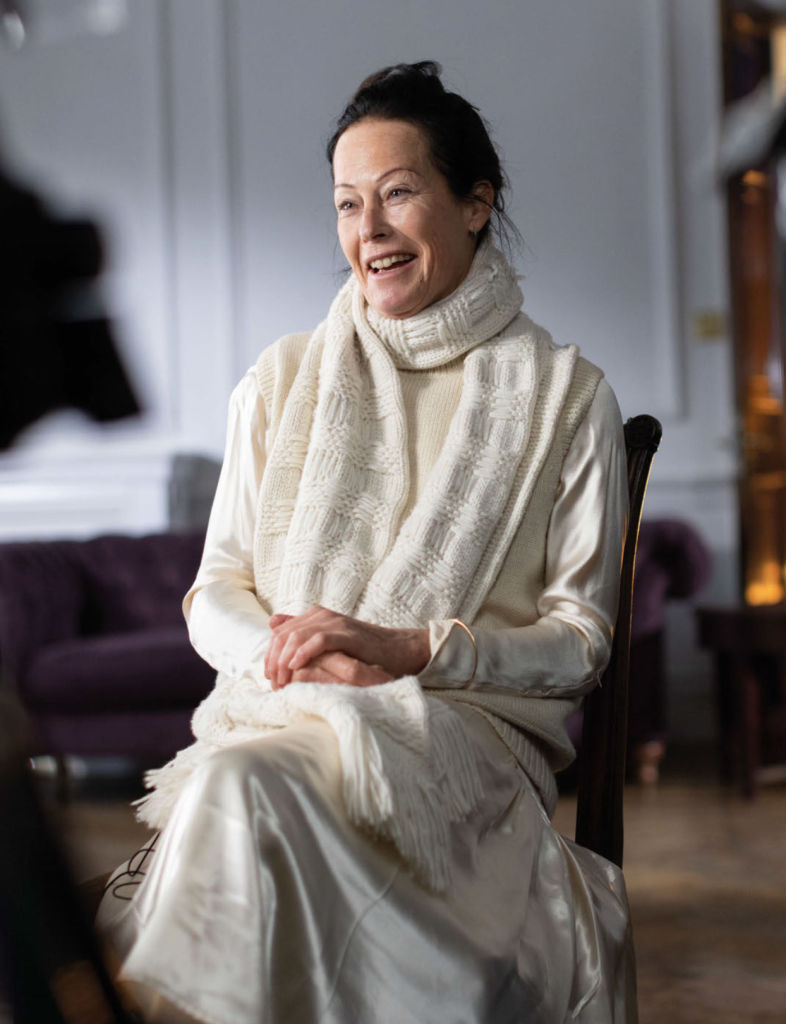
That’s when LVMH lays eyes on Ford and Gucci. When the house goes public in 1995, Arnault begins buying its shares. By 1999, he owns 34 percent of the brand, and that’s when Gucci’s CEO Domenico De Sole decides to distribute more shares to the employees, diluting Arnault’s ownership to 25 percent. Such struggle, accompanied by lawsuits, can only delay what’s inevitable – LVMH consuming Gucci. When all hope seems lost, François Pinault appears as a white knight virtually out of nowhere and acquires 40 percent of the house in complete secrecy, along with the entirety of YSL, where Ford is installed as creative director of ready-to- wear and where he stays until 2004. The Gucci Group is born and will later be known as Kering.
In 1999, as fashion’s golden boy Galliano basks in his glory, Ford struggles to keep Yves happy with his collections. “In 14 minutes, you destroyed 40 years of my work,” the French designer once said. Simultaneously, McQueen is on the brink of burnout, juggling his label with designing for Givenchy, which is left largely dismissed by Arnault, while young Marc Jacobs, who was hired to invent Louis Vuitton’s first ready-to-wear collection and failed spectacularly, goes into rehab.
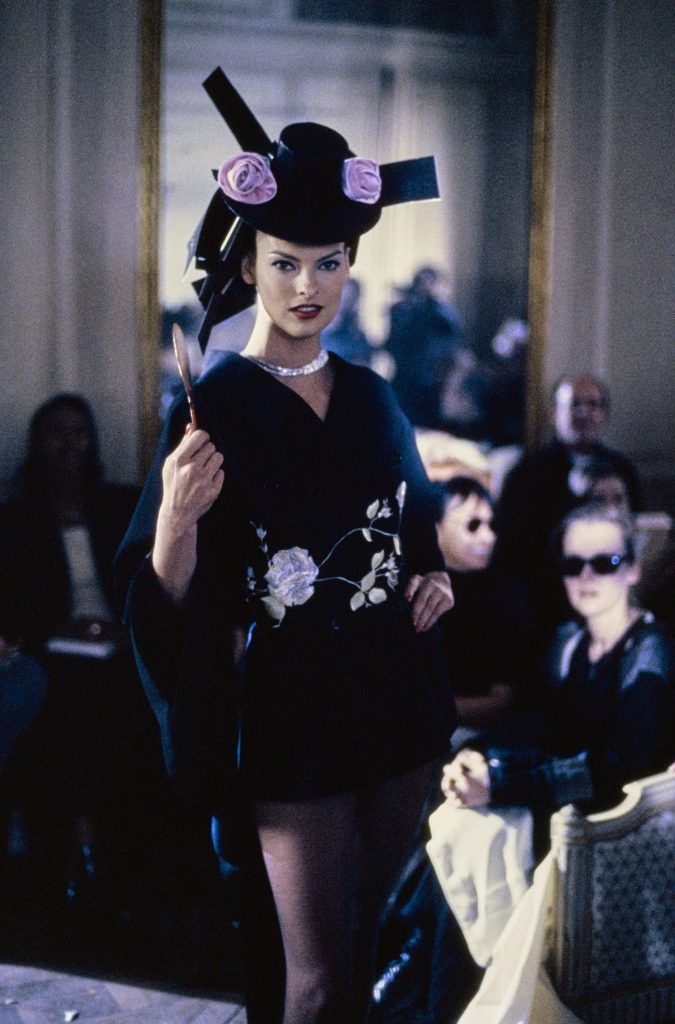
McQueen is fed up. His potential isn’t fully utilised at Givenchy – frustration, resentment and disrespect ensue. He takes all his best ideas to his label, leaving Givenchy largely dry and derivative. He wants his name to be on the door, and he succeeds. “He’s the only haute couture house in England to have been created,” Bonhôte comments. “Most of the haute couture houses are integrated, and some designer takes them on, but it’s not their name on the door. In the ’90s and early 2000s, Lee managed to play tycoons at their own game.” Fuelled by anger, McQueen strikes a deal with Pinault, and, in December of 2000, Gucci Group acquires 51 percent of his company. At long last, Alexander McQueen has the corporate structure, capital and resources to succeed as a label. Arnault is, expectedly, furious. He takes the news personally and wants to cancel the upcoming Givenchy show but, instead, ends up moving it in-house and banning the press.
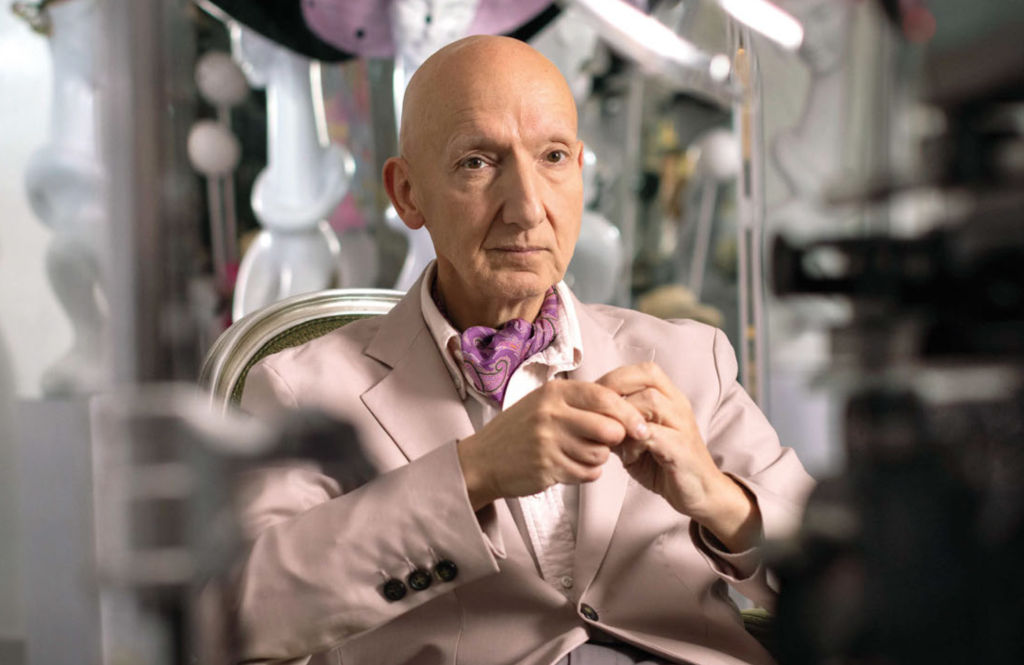
Ten years. A mere decade from 2000 to 2010 is so rich with plot points, such a veritable rag trade of ripping yarns, it puts any epic novel to shame. In 2000, fresh-out- of-rehab Jacobs stages his most remarkable collection yet – Louis Vuitton spring 2001, loaded with accessories designed in collaboration with American graffiti artist Stephen Sprouse. The house’s profits skyrocket and Jacobs is no longer the unloved child of LVMH. A year later, McQueen leaves Givenchy to focus on his label. In 2002, YSL’s couture division is shut down. By 2001, in addition to Gucci and Saint Laurent, Pinault has Bottega Veneta, Boucheron and Balenciaga under his wing, along with young labels Alexander McQueen and Stella McCartney. In 2010, Galliano loses his position at Dior after drunkenly babbling antisemitic slurs on camera; he’ll spend the next two years in exile. The same year, McQueen takes his own life, and the fashion world plunges into grief.
A sincere look at how fashion came to function – and dysfunction – as it does now, Kingdom of Dreams is a document of immense historical value, in which the depth of archival research only matches its stunning visual composition. It’s akin to watching a film about the Renaissance narrated by Da Vinci and Botticelli themselves.
[ad_2]
Source link

